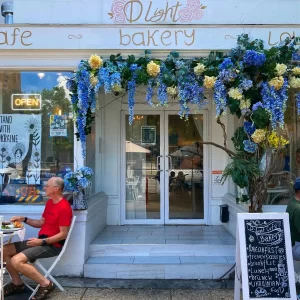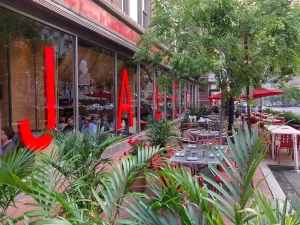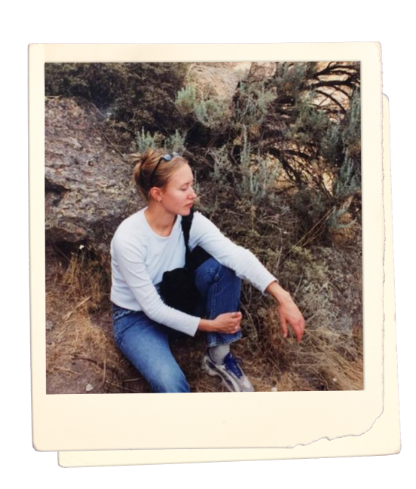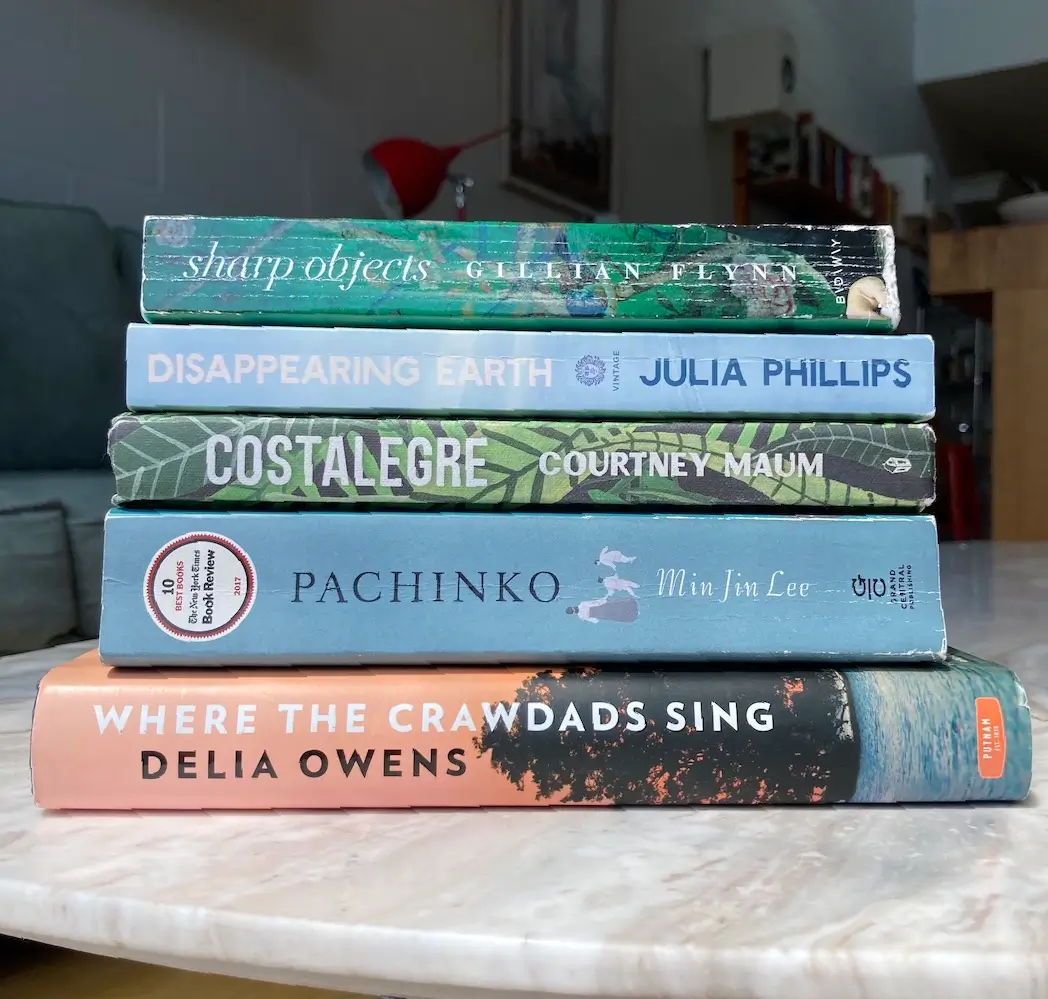The City of Magnificent Intentions
Issue #4
July 24, 2023
Dear friends,
I spent the end of June in Washington, DC, a place of many nicknames, among them my new favorite, the “City of Magnificent Intentions.” It was coined by Charles Dickens in 1842, and he was referring in part to the urban planning: “Spacious avenues, that begin in nothing, and lead nowhere ….” But American politicians had also let him down: He called them “a stream of desperate adventurers.”
The moniker feels just as apropos today, capturing the gap between noble goals and total cynicism. My purposes lay somewhere between. I was there mostly to work for a client, but also to research a future novel about a propagandist, a journalist, and a spy. In addition, I made sure to eat my way around several Northwest DC neighborhoods. The highlights:

Speaking of Russia, I couldn’t figure out why the neighborhood around my Glover Park hotel was festooned with Ukrainian flags … until I realized we were across the street from the massive Russian embassy complex. I’ve since learned that the anti-Russian protest in this precinct goes far beyond flags, to bomb scares, “spotlight wars,” and the ad-hoc renaming of streets, as the New York Times reports.
I dined twice at Bistrot du Coin in Dupont Circle, a big, busy French bistro. It serves the fare you’d expect including a perfect paté with pickles, which I had with a cheese plate and a glass of Sancerre at the bar. It’s got excellent third-place vibes: One night I chatted with the other solo female diner beside me, a Swedish-Irish Brooklynite, and on another in French with the Moroccan bartender. Writing in The Atlantic, Allie Conti reports that only a quarter of Americans who live in high-amenity neighborhoods (with lots of restaurants etc.) socialize with strangers at least once a week. Let’s improve on that!
An old friend and colleague took me to dinner at Nobu in the West End, apologizing in advance for its “Eurotrash” clientele (his word), though he clearly knew the menu by heart. I had the spicy edamame, the lobster taco, and some extremely high-quality salmon, tuna, and eel nigiri.
I had lunch with colleagues at Café Milano in Georgetown, known since the nineties as an axis of political power, drawing heads of state, cabinet members, and the famous-in-DC crowd. In short, one of the swampiest corners of the swamp. I didn’t spy anyone fancy, but maybe that was because I was very focused on my tortelloni bulgari, which is like a stuffed-pasta version of cacio e pepe with the addition of asparagus and truffle.
And finally, to Penn Quarter. I’d first heard of José Andrés in 2017, after Hurricane Maria hit Puerto Rico. Amid a vacuum of effective federal aid, his organization, World Central Kitchen, was distributing meals. He’d founded it in 2010, initially to provide post-earthquake help in Haiti

Jaleo just celebrated its 30th anniversary. In the meantime, World Central Kitchen has served more than 300 million meals in calamity-struck places. Sometimes, those good DC intentions actually come to fruition.
Five Faves: Novels with a Sense of Place
I’m pulling together notes for a course on establishing a sense of place in fiction. How do we use detail to fully transport the reader into the world of the book?
I would love to know your favorite novels that do this well. Please let me know in a reply! I trawled my bookshelves for example texts, and here’s what I came up with:
Where the Crawdads Sing by Delia Owens. Set in the coastal marshes of North Carolina in the 1960s, the characters and plot in this book feel inextricable from the landscape. There’s a mysterious death, sure, and a romance, but the book is also a pean to the marsh’s waterways, bugs, and birds.
Costalegre by Courtney Maum. A wealthy American has spirited her favorite artists out of 1930s Europe, and settled them in a jungle mansion on the Pacific Coast of Mexico. Loosely modeled on Peggy Guggenheim, the arts patron has also brought along her love-starved teenage daughter, who narrates the tale. The wild, isolated setting presses in on the beleaguered artists.
Pachinko by Min Jin Lee. This multi-generational drama shows how historical forces — in this case, the Japanese occupation of Korea, World War II, and the separation of the Koreas — shape individual and family life. From a Korean fishing village to urban Japan, the geographical and historical settings define the characters’ trajectories.
Disappearing Earth by Julia Phillips. Set in recent times on Russia’s remote Kamchatka Peninsula, this book is a collection of stories about residents of a city, Petropavlovsk-Kamchatsky, in the wake of the disappearance of two girls. Whether the characters are on the tundra, in the forest, or in an apartment block, the tsunamis and volcanos that shaped the surrounding geography feel ever-present.
Sharp Objects Gillian Flynn. Yes, it’s a compelling psychological thriller and murder mystery — but there are lots of those. Sharp Objects stands out because of the setting, a down-at-heels Southern town in which a sugar-and-spice code of ladylike behavior masks gruesome violence. Set in the fictional town of Wind Gap in the real Bootheel of Southeast Missouri, the story just wouldn’t be the same without its Victorian mansion or industrial slaughterhouse.
Let’s Talk
Do you have a question about writing or travel? Ask me at eavesdrop@elisabetheaves.com.
Happy trails,
Elisabeth
Bad Directions
Subscribe to Bad Directions, Elisabeth’s free newsletter about books, writing, and travel.

